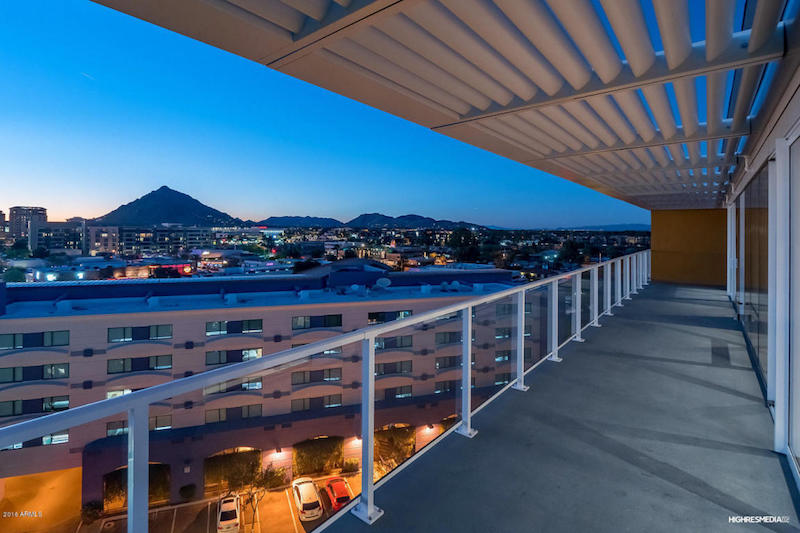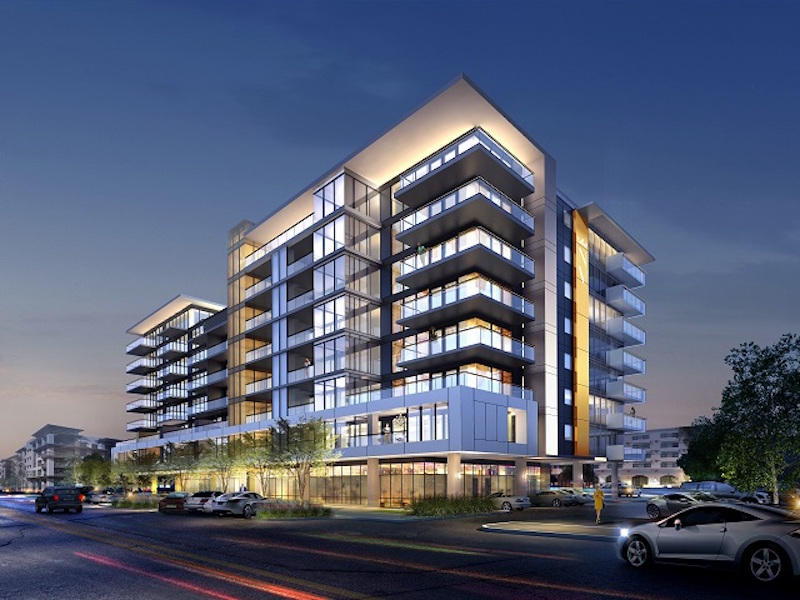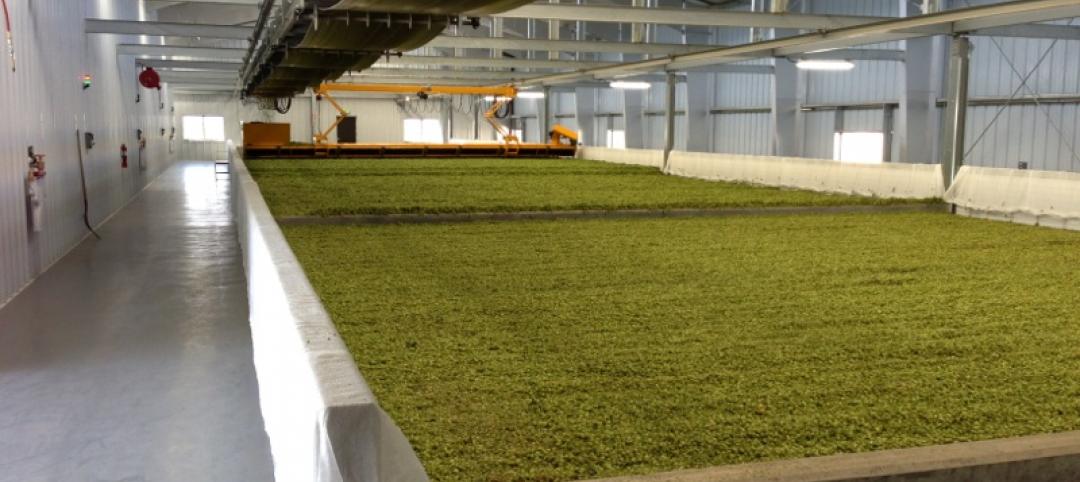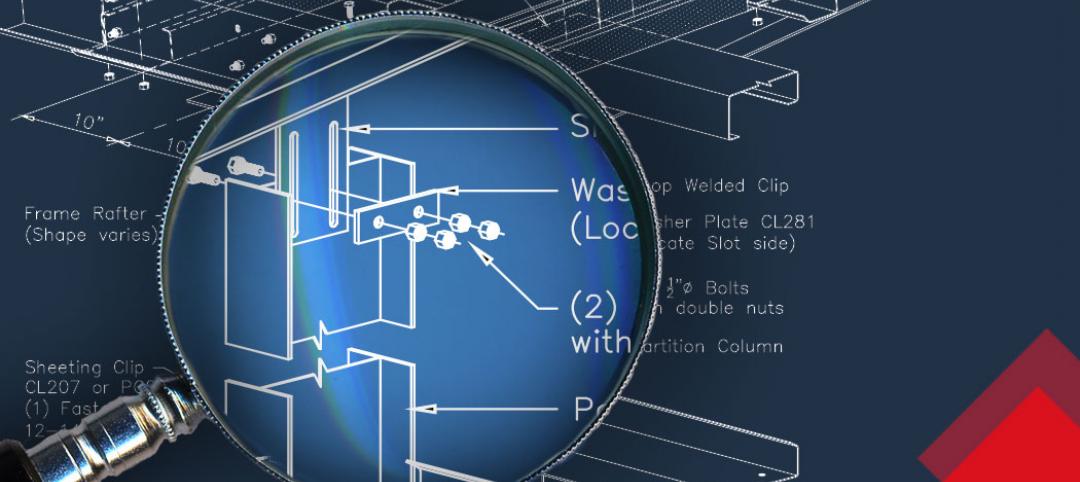Recent global fire events have shed light on the significance of local code compliance in high-rise construction. Although the current focus on metal composite materials (MCM) doesn’t adequately address the entire building envelope ─ which includes many additional components ─ it does provide an opportunity for architects and general contractors to brush up on their role in helping ensure safety.
MCM has been around since the early 70s and has proven to be one of the most versatile architectural cladding products available. Its adaptability, lightweight nature, ease of fabrication and selection of hundreds of colors and finishes help architects and designers achieve nearly any exterior (or interior) aesthetic. But, as with all building products, specifying MCM comes with compliance responsibilities.
There are guidelines to help specifiers understand the codes surrounding when to use traditional polyethylene core (PE) and when a fire-retardant core is required. “A good place to start when researching MCM codes is the 2015 International Building Code,” said James Moses, Technical Service Manager for ALPOLIC®, a leading MCM manufacturer. “The section’s first 10 subsections relate to specifying compliant cladding material for any type of building and height. The last four subsections review compliance for special situations.”

Moses says as a general rule, a fire retardant core must be used when MCM is placed above 40 feet. A PE core is code-compliant for most structures 40 feet high and under (roughly four stories). But once a building goes above 40 feet, in most cases, a fire-retardant core which meets the NFPA 285 standard, a well-established fire-test standard that demonstrates upward resistance to flame spread, must be used.
“The NFPA285 is a test not just for the MCM material, but the entire wall assembly,” said Moses. “This ensures that the entire cladding system has been tested and passed.”
According to Moses, another way to ensure product safety is to look for manufacturers that hold independent, third-party evaluation. The International Code Council Evaluation Service (ICC-ES) offers architects unbiased verification of MCM code compliance. MCM products that are supported with impartial, mainstream code compliance reports are recommended.

Moses also suggests using only MCM products that carry the Warnock Hersey (WH-ETL) Mark. These are products that have been certified-compliant by the building and construction industry’s most rigorous product testing organization. Maintaining the WH-ETL Mark is a continuous process, requiring quarterly inspection audits from Warnock Hersey to ensure ongoing compliance. This is especially important as the industry is starting to see more and more off-shore MCM manufacturers compromising the code by using MCM that does not meet code requirements.
“MCM, like any other building product, is safe when used in compliance with code,” said Moses. “Understanding the code and which products to use will help ensure we continue to build buildings that are as safe as they are beautiful.”
For more information about MCM and fire safety, click here.
Related Stories
Sponsored | | Sep 30, 2014
How project managers can manage technology
Not long ago, the role of a construction project manager revolved around working with people: employees, vendors, consultants, designers, subcontractors and owners. Today, project managers primarily manage information. SPONSORED CONTENT
| Sep 24, 2014
5 business lessons from a 43-year Star veteran
Mary Ed Cain was supposed to be born a boy. That was the first time she surprised everyone. The second time came on a daily basis during her 43-year career at Star Building Systems. SPONSORED CONTENT
| Jul 21, 2014
16 utility questions to answer during your building project
We need electricity to power our building projects, along with water and gas and a faultless sanitation system. That’s what we think about when we think about utility requirements for our building project, but are we missing something? SPONSORED CONTENT
Sponsored | | Jul 17, 2014
A major hop forward
The construction of efficient metal buildings has helped Perrault Farms expand its hops-harvesting business.
| Jul 17, 2014
22 land questions to decide if your build site works
When you’re ready to build, land needs a serious amount of attention. Since it can singlehandedly shift your building plans, land must be investigated, questioned, and eyed from every angle. SPONSORED CONTENT
| Jul 9, 2014
The one misstep that could be slowing your company’s growth
Change. It’s inevitable. And success for any professional may very well depend on how well we adapt to it. SPONSORED CONTENT
| May 27, 2014
Contractors survey reveals improving construction market
The construction industry is on the road to recovery, according to a new survey by Metal Construction News. Most metrics improved from the previous year’s survey, including a 19.4% increase in the average annual gross contracting sales volume. SPONSORED CONTENT
| May 11, 2014
8 starter questions to answer when thinking about building
So, are you ready to start building? Completing these eight questions will help you answer that confidently. SPONSORED CONTENT
| Apr 25, 2014
A radiant barrier FAQ: Everything you wanted to know but were afraid to ask
There are many examples of materials developed for the space program making their way into everyday life and radiant barriers are just that. SPONSORED CONTENT
| Apr 17, 2014
6 details that can throw off your schedule
In 1997, Apple told us to “Think Different.” So we did. We thought about what could happen if the world went mobile, if information was boundless, if we could carry our office in our back pocket. We’ve grown to love different and to expect change. And when it comes to Apple products, that’s not such a bad thing. When it comes to your building order, however, it’s not nearly as appealing.
















